
Carrie is a wife and mama to their five children, farming in Southwest Michigan. They raise Mangalitsa and Mangalitsa-Berkshire Pigs, Jersey and Irish Dexter cows, meat chickens and turkeys, quail and more. She loves to garden, make soap and candles, and attend their local farmers market.
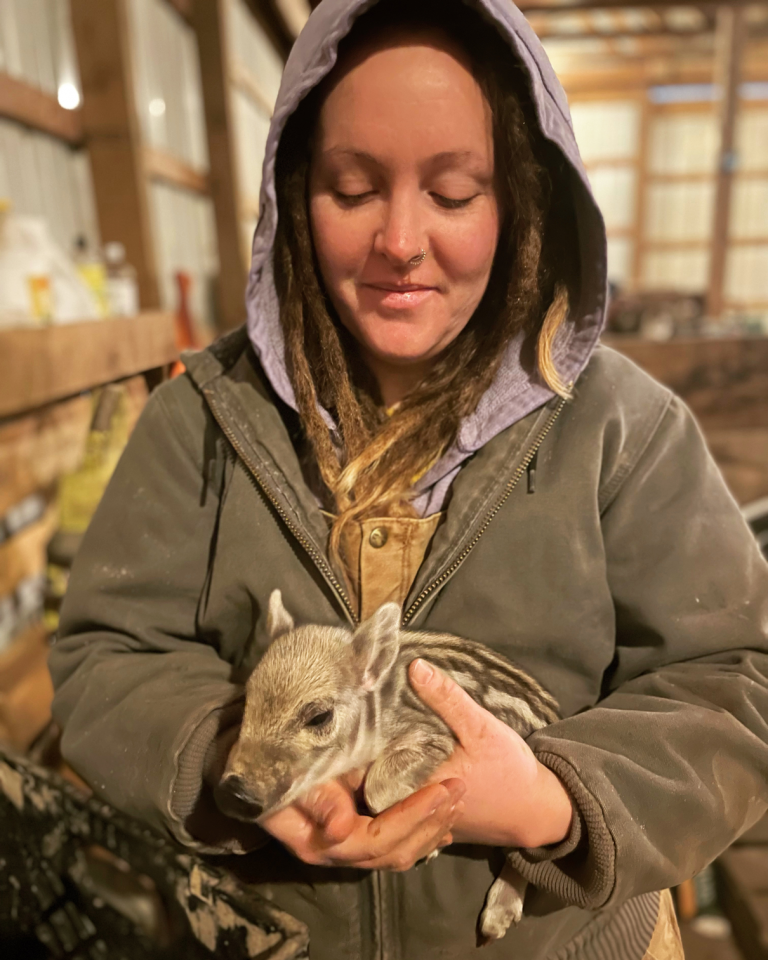
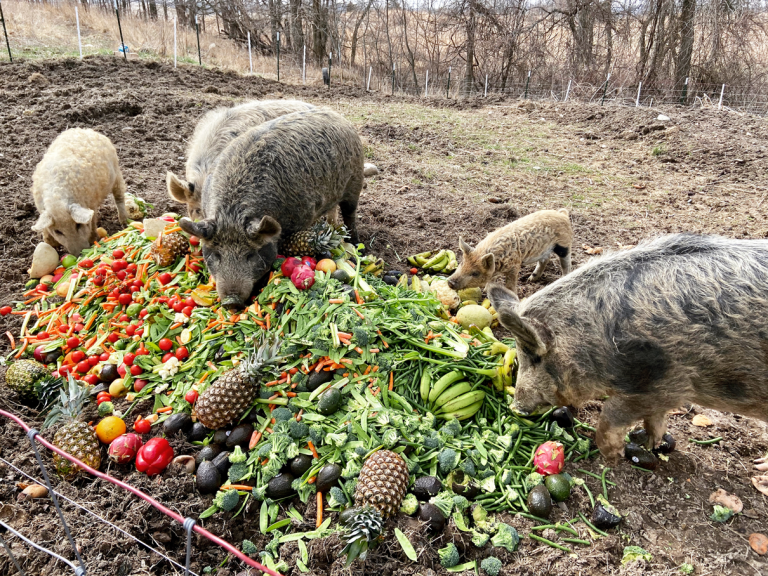
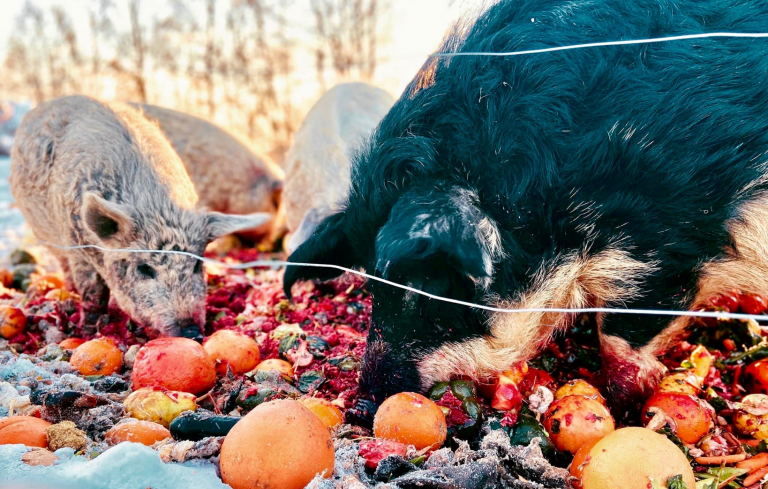
Last year, my husband got in touch with a large, local, area food bank that was paying to dispose of fresh produce once it was no longer suitable for human consumption. The process looks something like this – local grocery stores only keep things for a certain amount of time, and then donate items to the food bank.
The food bank works diligently to distribute these items to folks that have need of it, but even then there are items that are beyond the point of being distributed due to “sell by”, “best by” and “expiration” dates. My husband explained that we are pig farmers, and that we would love to repurpose some of this inevitable waste by supplementing it with our grain ration for our Mangalitsa pigs. They were happy to work with us – it was a suitable solution for us both, they could save financially by not having to throw so much into a dumpster that they paid for, and we could have produce to add to our pigs’ diet.
We rotate pastures somewhat regularly, all while feeding produce and grain. One of our pastures had a chance to rest and regrow last summer – and I noticed something amazing. The pasture was teeming with vibrant, productive tomato plants, thick, lush squash plants, and so much more. Seeds that had not been digested came out in the pigs’ manure, and due to the design of their sharp, split hooves – our pigs had literally tilled, fertilized, and planted a rich garden for us, a byproduct of feeding produce. I had an idea.
What if we didn’t have our grain ground up? We feed a custom feed mix of barley, oats, field peas and wheat to our Mangalitsa and Mangalitsa-Berkshire cross pigs. We choose to not feed corn or soy to our pigs, and more recently, our poultry as well. (More on that another time!) I asked our local feed mill to leave our mix as whole grains – I was embarking on an experiment. I did some research.
Of course we want our pigs to glean as much nutrition as possible from the grain that we’re feeding, so we don’t want it to slip through their digestive tract and all dump out in their manure. But was there a way to do both? It appeared that there was – to soak and ferment the whole grains, we could create a win-win solution.
Earlier this year, we started this process. We fill 5-gallon buckets about ⅔ of the way full with whole, dry grain, and then fill the bucket with water. We aim to soak and ferment for about 72 hours. In the winter, I ferment the feed in our house, in the entryway, so that it doesn’t freeze. This increases digestibility, adds in beneficial probiotics, and stretches our feed. I also top-dress loose swine minerals when we feed. But the question still remained – would we see the same re-seeding phenomena?
A few weeks ago we got our answer. I was walking near that pasture, which was fallow and resting, and something caught my eye – “What is that?” I asked my husband. I looked closer in the waning daylight. It was a beautiful, fully formed head of wheat. I wanted to examine further, so I turned on my flashlight – there were heads of oats, too – and stalks of barley.
All were scattered through our pasture. Incredible! Not only had we nourished and grown our pigs, they had still passed some of the grains through, and re-seeded the pasture. In addition, they had turned over the ground and exposed old seeds that had been waiting to be awakened and the pasture was thick with forage. It worked!I hear people say that pigs are destructive. That they root everything up, destroy pasture, make a mess. I used to believe this – before I had pigs.
Now I know that our Creator has designed pigs to till, fertilize, and seed – they are the ultimate regenerative gardeners, and a critical role in our regenerative agriculture. They are land-clearing, forest-rejuvenating, pasture-replenishing animals that go on to provide us with nutrient-dense meat and fat to utilize in a plethora of ways.
Feeding soaked, fermented whole grains is a fantastic way to re-seed some of your pasture if you are able to rotate your pigs to different areas of your property. In addition, I’ve learned that planting rye as a cover crop creates a productive forage for when you put pigs back onto a pasture. It also improves your soil. You can also plant other forages such as daikon radish or pasture mixes. Don’t hesitate to reach out to local grocers or food banks – quite often there is food that is unfortunately going to waste that could be repurposed to support your farm. The worst they could say is no, and at best – you establish a working relationship and reduce your feed cost, all while feeding fresh produce and redeeming waste
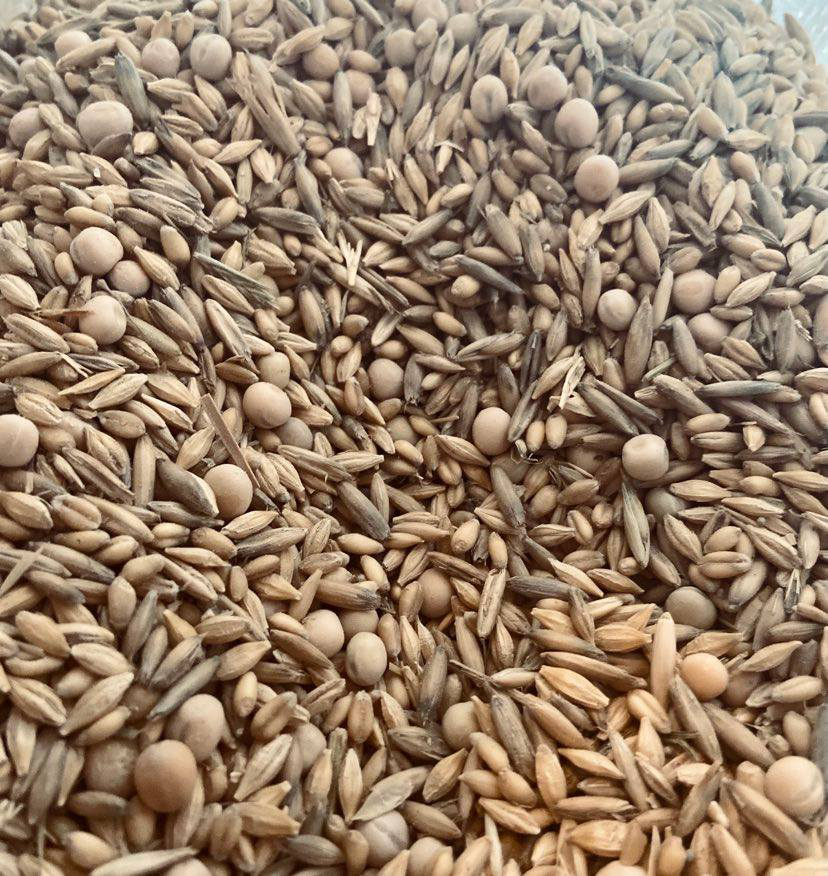
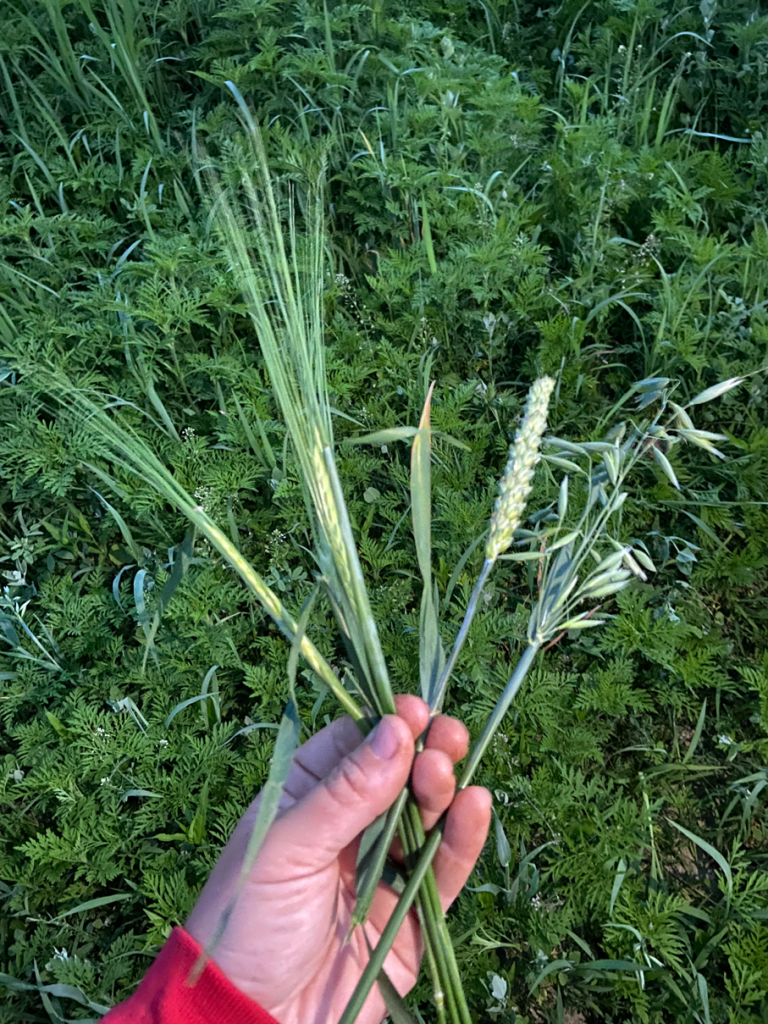
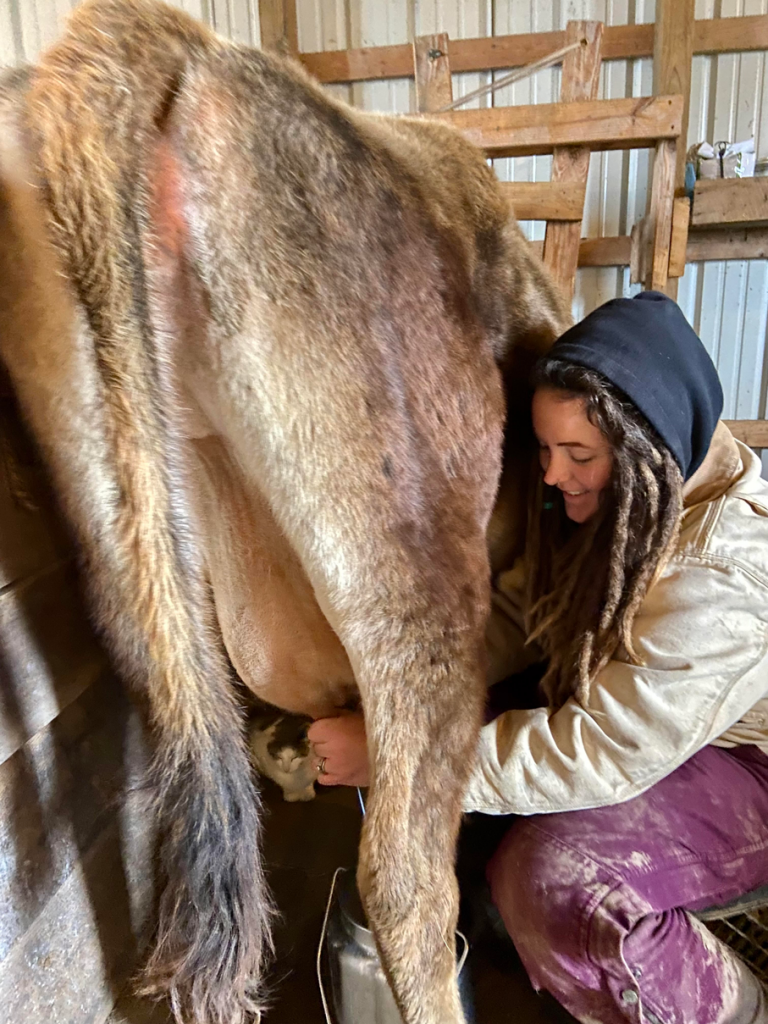
Please join us by sharing, continuing the conversation below, and connecting with Carrie at the following:

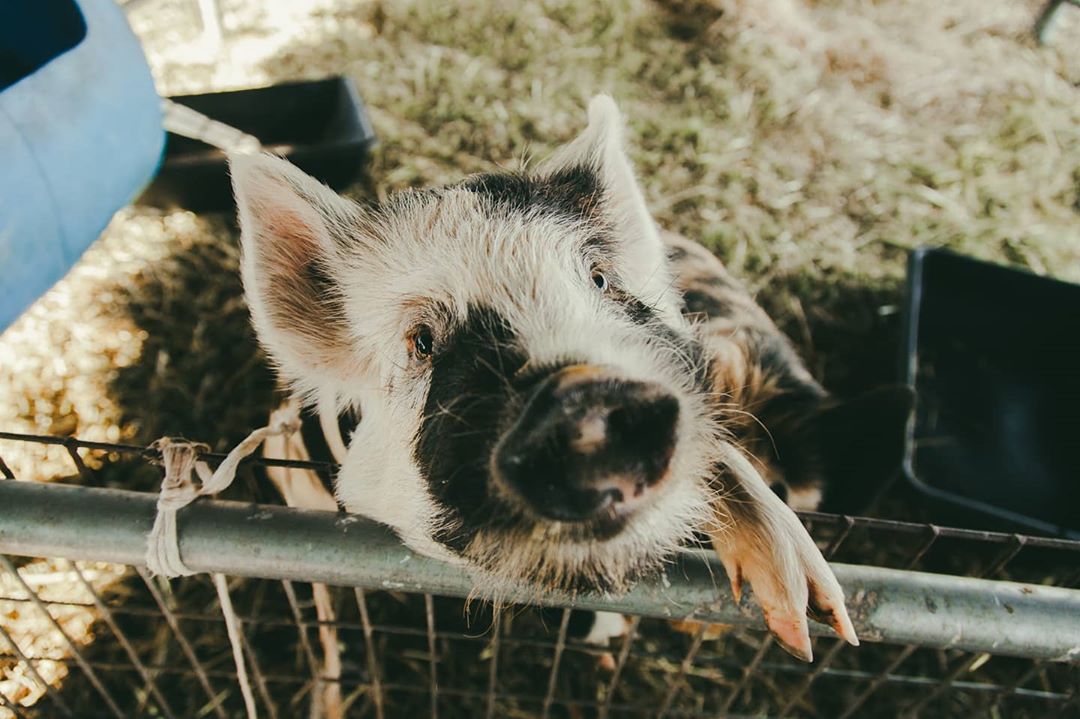
Do you have a favorite animal on the farm? It’s honestly hard for me to decide, but I do know that I never want to not have pigs. Our pigs are Kune Kunes, a smaller breed of lard pig, which means they offer both high quality meat as well as high quality fat to be rendered into lard.